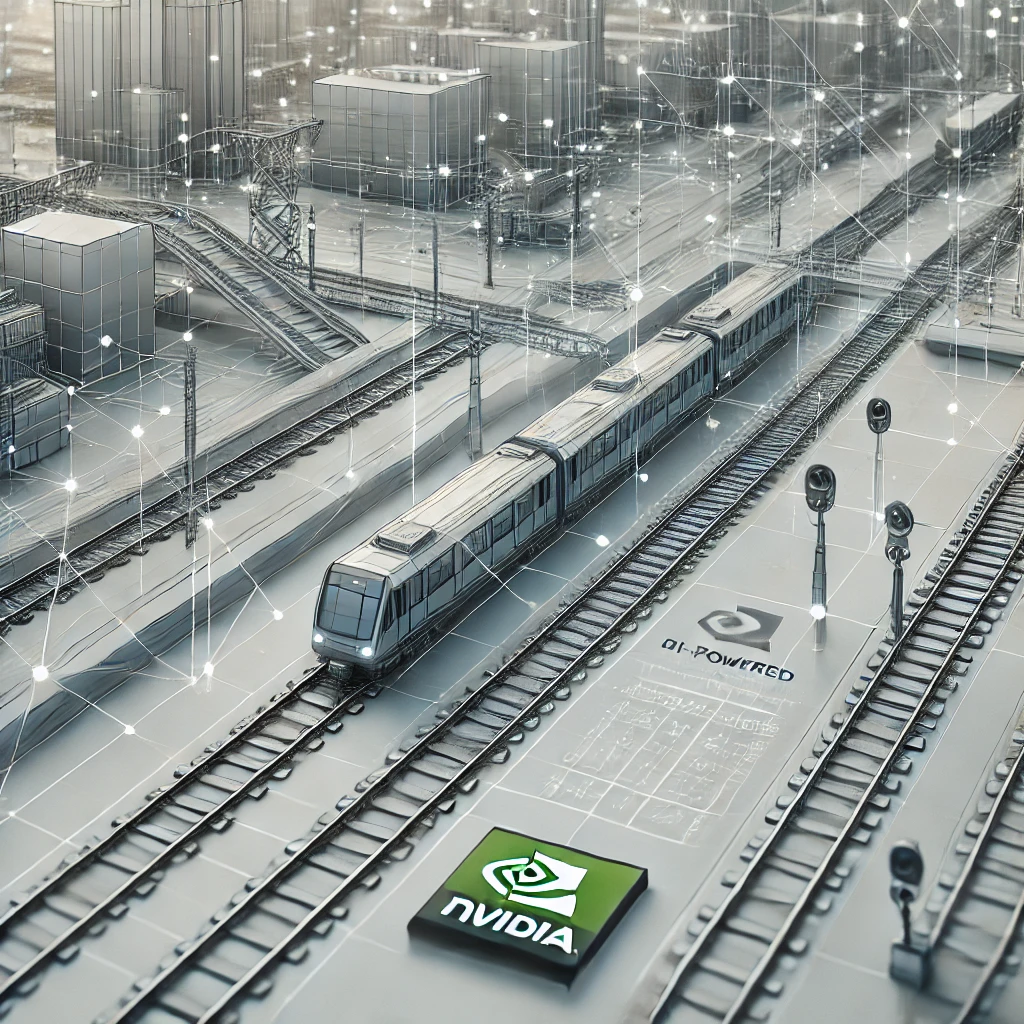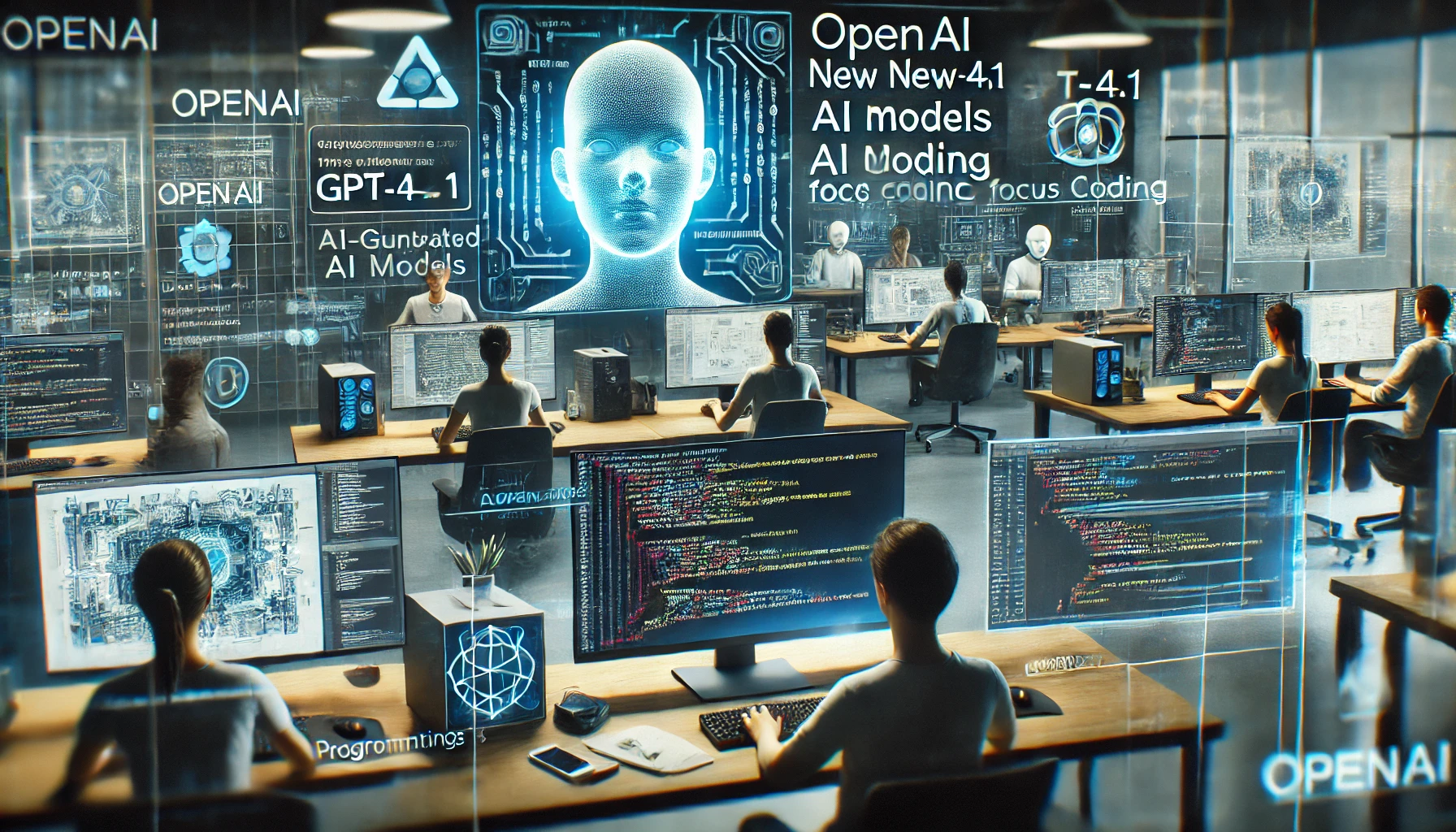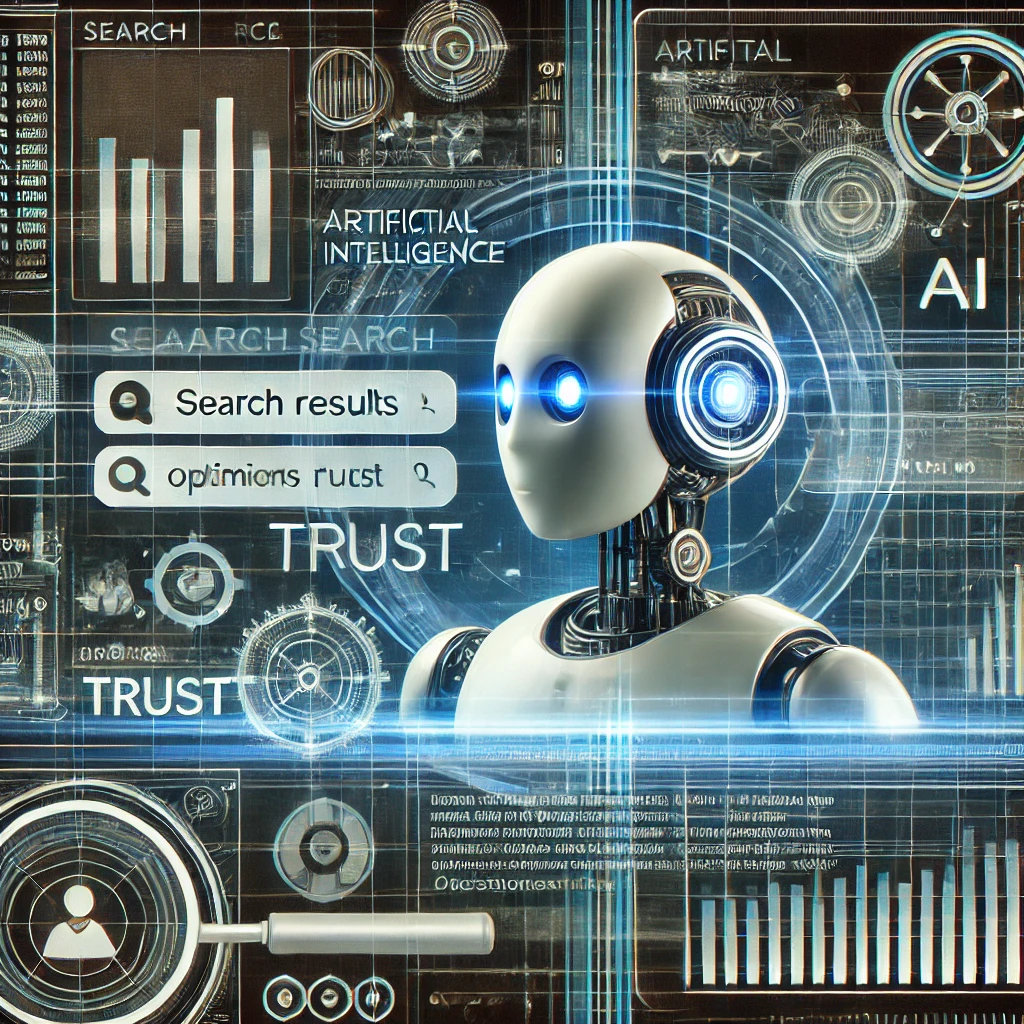Hitachi Rail has made a significant leap in railway technology by integrating artificial intelligence (AI) powered by NVIDIA technology to enhance real-time railway analysis. This collaboration aims to revolutionize the efficiency, safety, and sustainability of global rail systems, marking a turning point in how railway operations are monitored and maintained.
AI-Powered Real-Time Analysis
Using NVIDIA’s advanced AI platforms, Hitachi Rail is developing a real-time monitoring system that can analyze data from trains and railway infrastructure instantaneously. The AI system processes vast amounts of information from sensors embedded in trains and tracks, detecting potential issues such as wear and tear, delays, and operational inefficiencies.
“We are excited to harness the power of NVIDIA’s AI technology to transform the way railways are managed,” said Andrew Barr, CEO of Hitachi Rail. “With real-time data analysis, we can enhance the safety, efficiency, and sustainability of railway systems, improving service for passengers and reducing environmental impact.”
The AI system monitors key components such as track conditions, signal systems, and the mechanical health of trains, providing operators with immediate insights into necessary maintenance, potential breakdowns, or emerging safety risks. This allows for predictive maintenance, minimizing delays and disruptions by addressing problems before they escalate.
The Role of NVIDIA Technology
NVIDIA’s GPU-accelerated computing technology plays a central role in processing the vast streams of data generated by Hitachi Rail’s operations. By employing deep learning models, the AI can rapidly interpret complex data patterns, enabling railway systems to respond quickly to real-time events.
Hitachi Rail’s system is designed to work seamlessly with existing infrastructure, making it a cost-effective solution for rail operators worldwide. With the integration of NVIDIA’s technology, the system can scale to handle large networks, including high-speed rail and urban metro systems.
“NVIDIA’s AI technology is built to tackle the most complex data challenges,” said Manuvir Das, head of enterprise computing at NVIDIA. “By partnering with Hitachi Rail, we are advancing the future of smart rail systems that are safer, faster, and more efficient.”
Improving Passenger Experience and Sustainability
In addition to enhancing operational efficiency, the AI-driven system aims to improve the overall passenger experience by reducing delays, improving train punctuality, and ensuring smoother rides. Furthermore, the system promotes environmental sustainability by optimizing energy consumption and minimizing wear and tear on railway components, thus extending their lifespan and reducing the need for frequent replacements.
As part of a broader push toward sustainable transportation, Hitachi Rail’s use of AI for real-time railway analysis aligns with global efforts to reduce the carbon footprint of mass transit systems.
Future of AI in Railway Systems
Hitachi Rail’s collaboration with NVIDIA represents a growing trend in the transportation sector, where AI is increasingly being deployed to enhance real-time decision-making and operational efficiency. As railways around the world seek to modernize their systems, the combination of AI and advanced computing technologies will play a critical role in shaping the future of smart transportation.
The project is currently being tested in several countries, with full-scale deployment expected in the coming years. This partnership not only pushes the boundaries of AI technology but also underscores the vital role that smart infrastructure will play in the future of global mobility.





